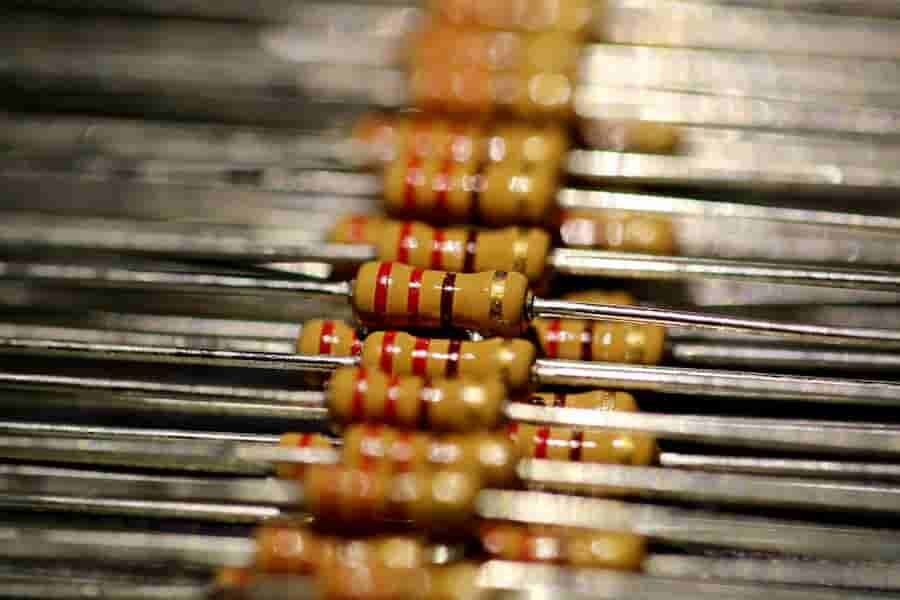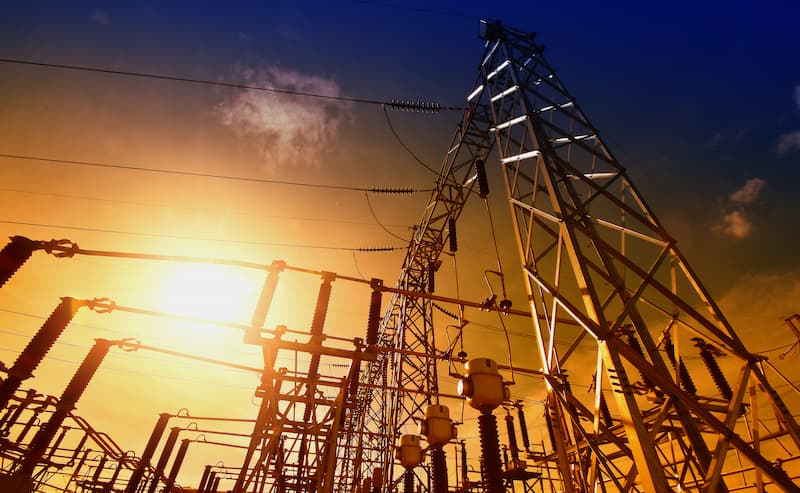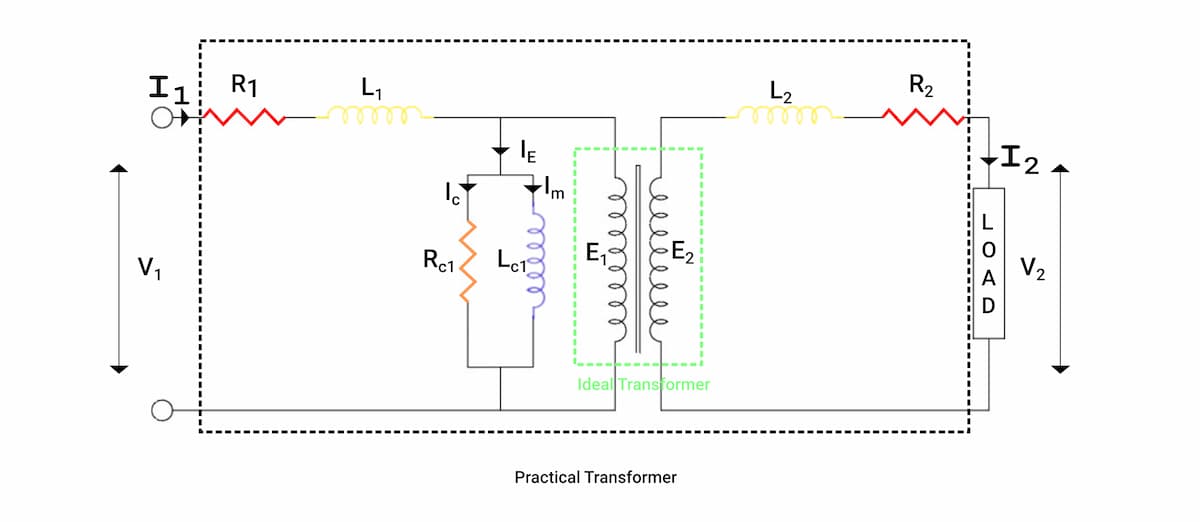Article updated on 15 July, 2023
Active and Passive Electronic Components: What Are They and How to Classify Them
Electronic components are the basic building blocks of any electronic circuit. They can be divided into two main categories: active and passive components. However, there is no single or universal definition for these categories, and different sources may use different criteria to classify them. In this article, we will explore some of the common definitions and examples of active and passive components, and discuss some of the challenges and controversies in this classification.
Some of the common definitions for active components are:
- Definition 1: Active components are those components that generate or supply energy or power to the circuit in some form. Components that can amplify power, such as transistors, also fall in this category since they increase the net energy or power in the circuit.
- Definition 2: Active components are those components that are connected to an external source of energy and rely on it to amplify power, such as transistors.
- Definition 3: Active components are those components that can control the flow of electricity by either amplifying, attenuating, or generating it.
Some of the common examples of active components are:
- Transistors: Transistors are semiconductor devices that can amplify or switch electrical signals. They can act as switches, amplifiers, or oscillators in a circuit. Transistors are the key components in many electronic devices, such as radios, computers, and televisions.
- Current sources: Current sources are devices that can provide a constant or variable current to a circuit, regardless of the voltage across them. They can be used to bias transistors, drive LEDs, or charge batteries.
- Voltage sources: Voltage sources are devices that can provide a constant or variable voltage to a circuit, regardless of the current through them. They can be used to power other components, create reference voltages, or generate signals.
Some of the common definitions for passive components are:
- Definition 1: Passive components are those components that do not generate, supply, or amplify energy or power in a circuit.
- Definition 2: Passive components are those components that do not require being connected to an external source of energy to operate.
- Definition 3: Passive components are those components that cannot control the flow of electricity. They can only store, dissipate, or transfer it.
Some of the common examples of passive components are:
- Resistors: Resistors are devices that oppose the flow of current in a circuit. They can be used to limit current, divide voltage, create heat, or measure resistance.
- Inductors: Inductors are devices that store energy in a magnetic field when current flows through them. They can be used to filter signals, create oscillations, or store energy.
- Transformers: Transformers are devices that transfer energy from one circuit to another through electromagnetic induction. They can be used to change voltage levels, isolate circuits, or match impedances.
How to Classify Electronic Components into Active and Passive
As we have seen, there are multiple definitions for active and passive components, and they may not always agree with each other. Some components may be classified differently depending on the context or the criteria used. For example,
- Diodes: Diodes are semiconductor devices that allow current to flow in one direction only. Some sources consider diodes as active components because they can control the flow of electricity by blocking one direction. However, other sources consider diodes as passive components because they do not generate or dissipate energy. Some sources also make distinctions based on the type of diode (such as Zener diode), the voltage applied to it (such as forward bias), or its negative differential resistance (such as tunnel diode).
- Capacitors: Capacitors are devices that store energy in an electric field when voltage is applied across them. Some sources consider capacitors as passive components because they do not generate or dissipate energy. However, other sources consider capacitors as active components because they can control the flow of electricity by changing its frequency (such as in filters) or creating oscillations (such as in LC circuits).
Therefore, there is no definitive answer to how to classify electronic components into active and passive categories. The best way to approach this problem is to understand the different definitions and criteria used by different sources, and to be aware of the exceptions and controversies that may arise. Ultimately, the classification of electronic components is not as important as their functions and applications in a circuit.
Summary
In this article, we have learned that:
- Electronic components can be classified into two main categories: active and passive components.
- Active components are electronic components that can generate, supply, or amplify energy or power in a circuit. They can also control the flow of electricity by changing its direction, magnitude, or frequency. Active components usually require an external source of energy to operate.
- Passive components are electronic components that do not generate, supply, or amplify energy or power in a circuit. They can only store, dissipate, or transfer energy or power from one part of the circuit to another. Passive components do not require an external source of energy to operate, and they do not control the flow of electricity.
- There are multiple definitions and criteria for active and passive components, and they may not always agree with each other. Some components may be classified differently depending on the context or the criteria used. There is no single or universal definition for these categories, and there is no clear consensus among the community.




